West Point Lake is perhaps the best place in Georgia to observe birds in a natural habitat. The lake made statewide news in January 2010 when an ivory gull was unexpectedly spotted on the lake. The ivory gull drew bird enthusiasts from surrounding areas who jumped at the once-in-a-lifetime opportunity to view the snow-white Arctic bird. While the ivory gull may have drawn a crowd, local bird enthusiasts have long appreciated West Point Lake as an ideal birdwatching spot.
The National Audubon Society conducts a census of birds in the Western Hemisphere each Christmas, performed by volunteer birdwatchers. The census provides population data for biologists and bird enthusiasts, and West Point Lake is a Christmas count location. Representatives from the Georgia Ornithological Society work with naturalists at West Point lake to monitor populations here in Troup County.
West Point Lake is a 26,000-acre reservoir surrounded by pine forest. Birdwatchers and local anglers have long witnessed the plethora of winged species surrounding the lake. The best time of year for birdwatching on the lake is from October to April.
A number of West Point Lake parks are ideal for birdwatching. The McGee Bridge Recreation area’s fishing pier overlooks a number of osprey habitats, while many of the parks along Roanoke Road provide more natural environments for birdwatching. Oakfuskee Conservation Center at Pyne Road Park also offers some spectacular vistas, perfect for checking out the local species.
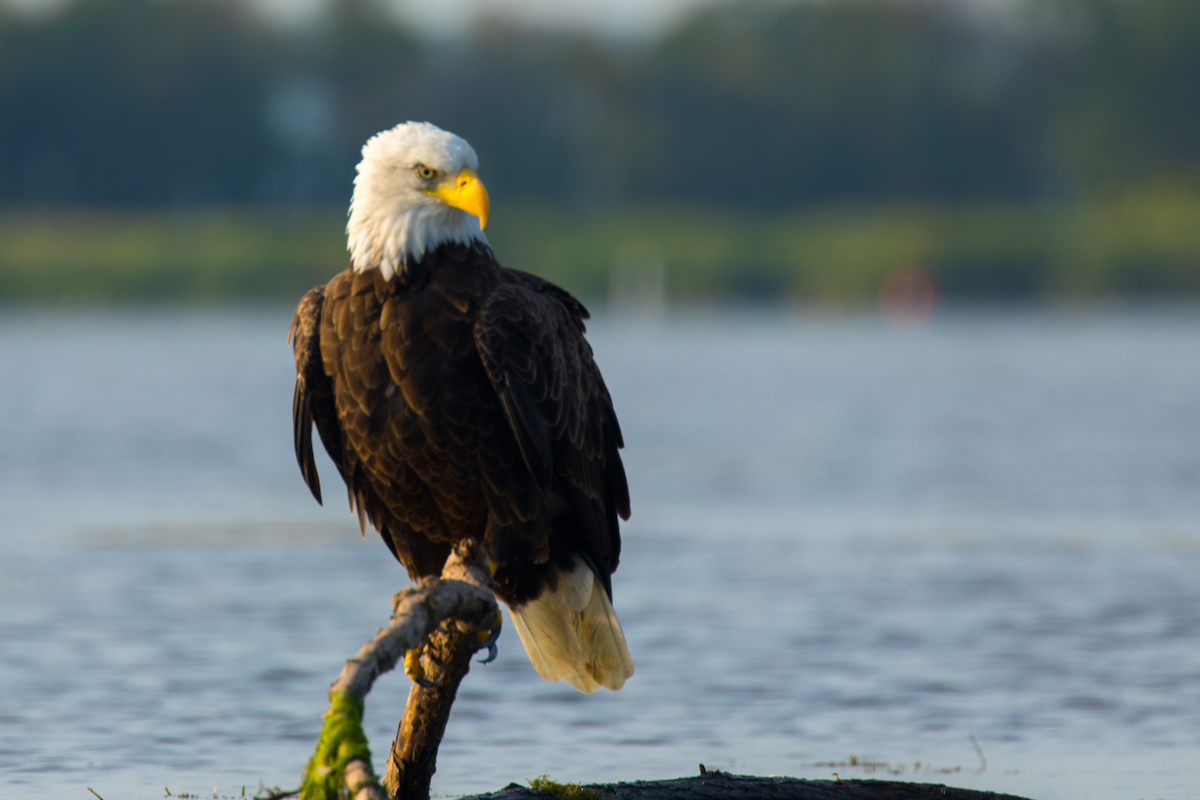
West Point Lake is one of the best places in the Southeast to find bald eagles, whose majestic beauty has long captivated nature-lovers. People who spend time on the lake, especially local anglers, report watching the eagles nest and hunt during spring months. The lake is also home to osprey, and some fortunate observers may catch the thrilling sight of ospreys diving to pluck fish from the water!
Because of the mature pine timber surrounding the lake, observers have a good chance of seeing and/or hearing the pileated woodpeckers, pigeon-sized Woody Woodpecker lookalikes. Older generations called these birds the Lord God bird because of their distinctive call.
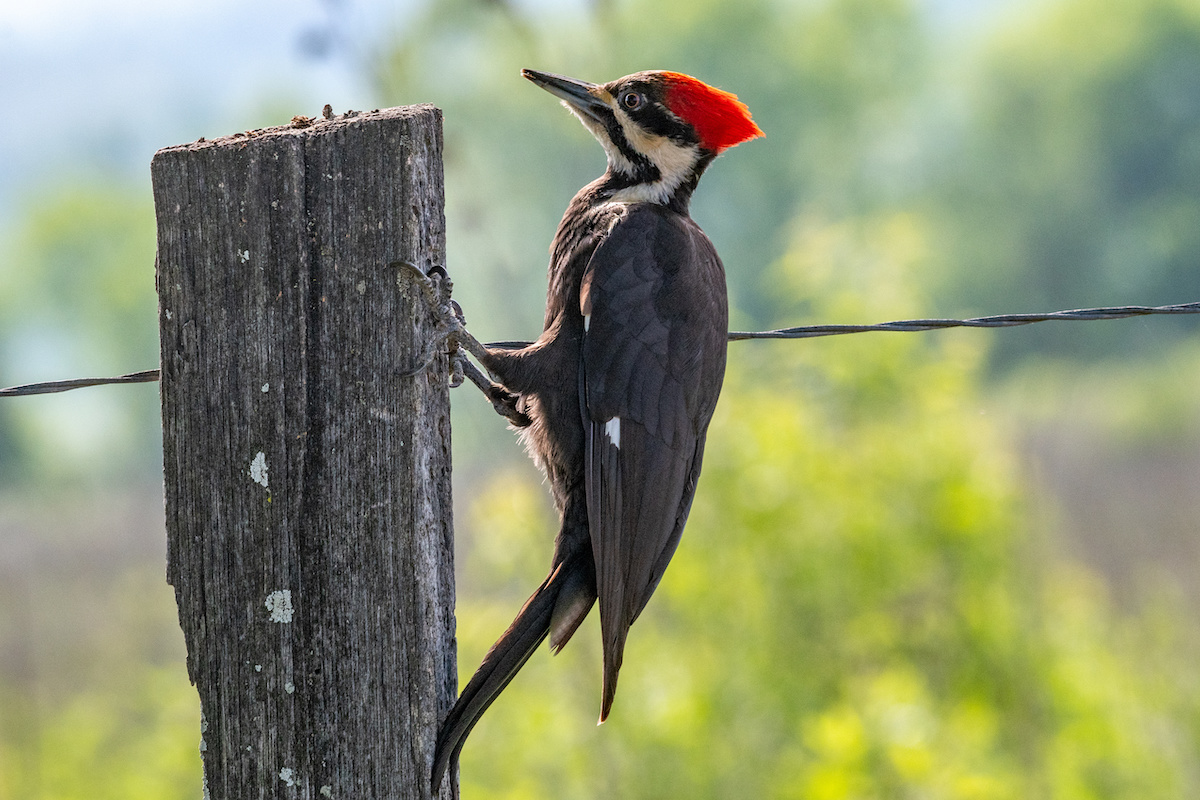
In winter, loons can be found on the lake, voicing their haunting call. West Point Lake typically draws common loons, who fly south when their northern home lakes freeze. The loons are a gray-brown color during the winter months when they can be found in Georgia.
Another lake resident is the pied billed grebe. These birds are fascinating to watch because of their buoyancy. Unlike ducks and other divers, the grebe does not need to lurch forward to submerge, but simply slips beneath the water like a submarine.
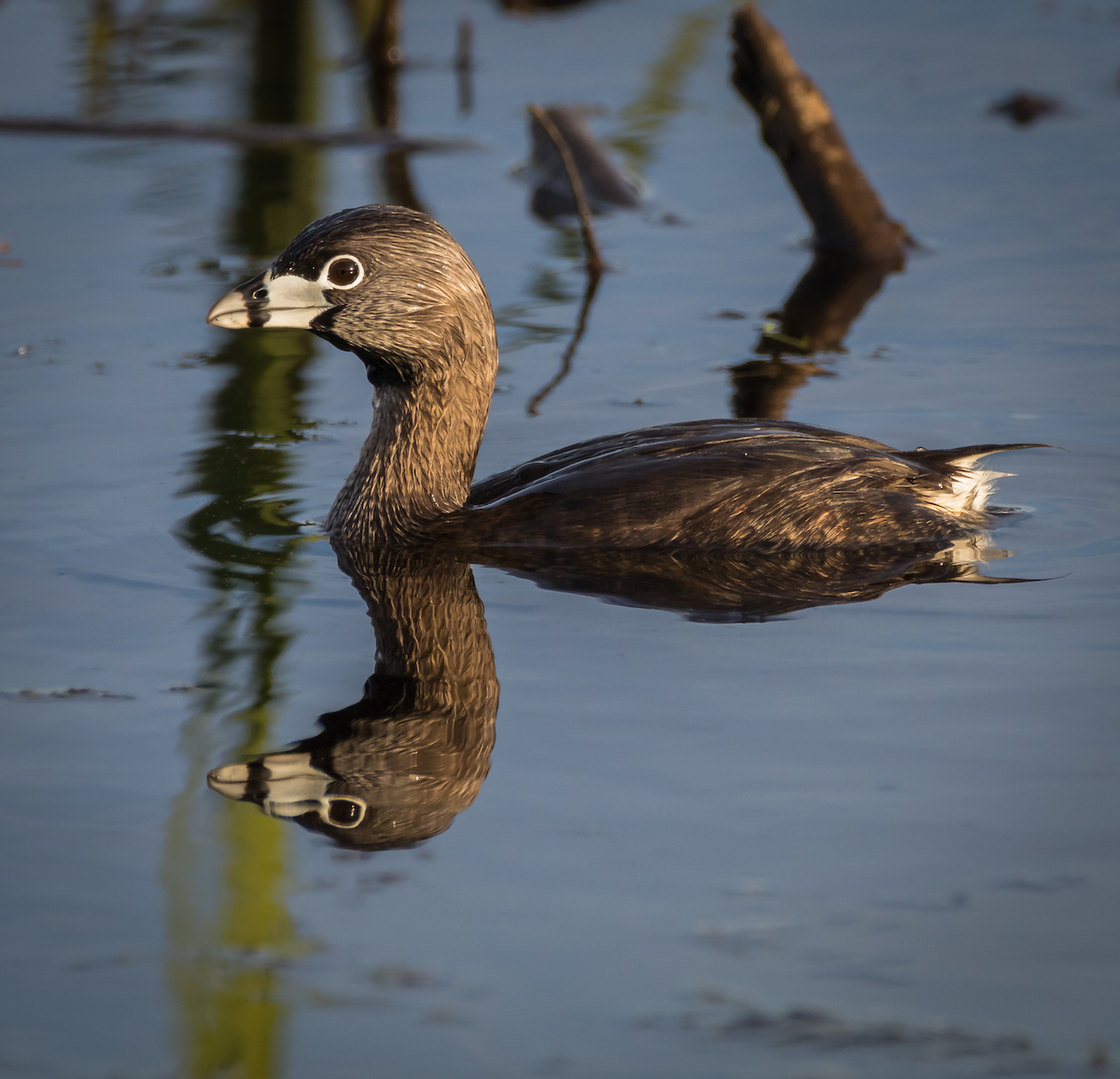
While West Point Lake offers a beautiful natural setting for birdwatching, plenty of birds can be spotted in town.
The smaller redheaded woodpecker, easily identified by its contrasting black and white plumage and blood-red head, has been observed on utility poles on Broad Street. Watch for these woodpeckers wherever you see pecan trees, one of their favorite habitats.
On overcast winter days, flocks of gulls circle over Commerce Avenue. The reflection from wet asphalt parking lots look like open water to the gulls, and the lure of fast food scraps entices them away from their usual haunts around West Point Lake.
Though the sightings are fleeting, spring brings waves of warblers passing through on their way to northern nesting grounds. In a single day, a patient observer may see several different species of these small birds, decked in varying shades of yellow breeding plumage.
Gold finches, not to be confused with the many yellow warbler species, also wear bright yellow plumage in spring and summer. Sometimes in ones or twos and also in flocks of twenty or more, gold finches move around LaGrange neighborhoods in search of feeding stations that offer sunflower seeds.
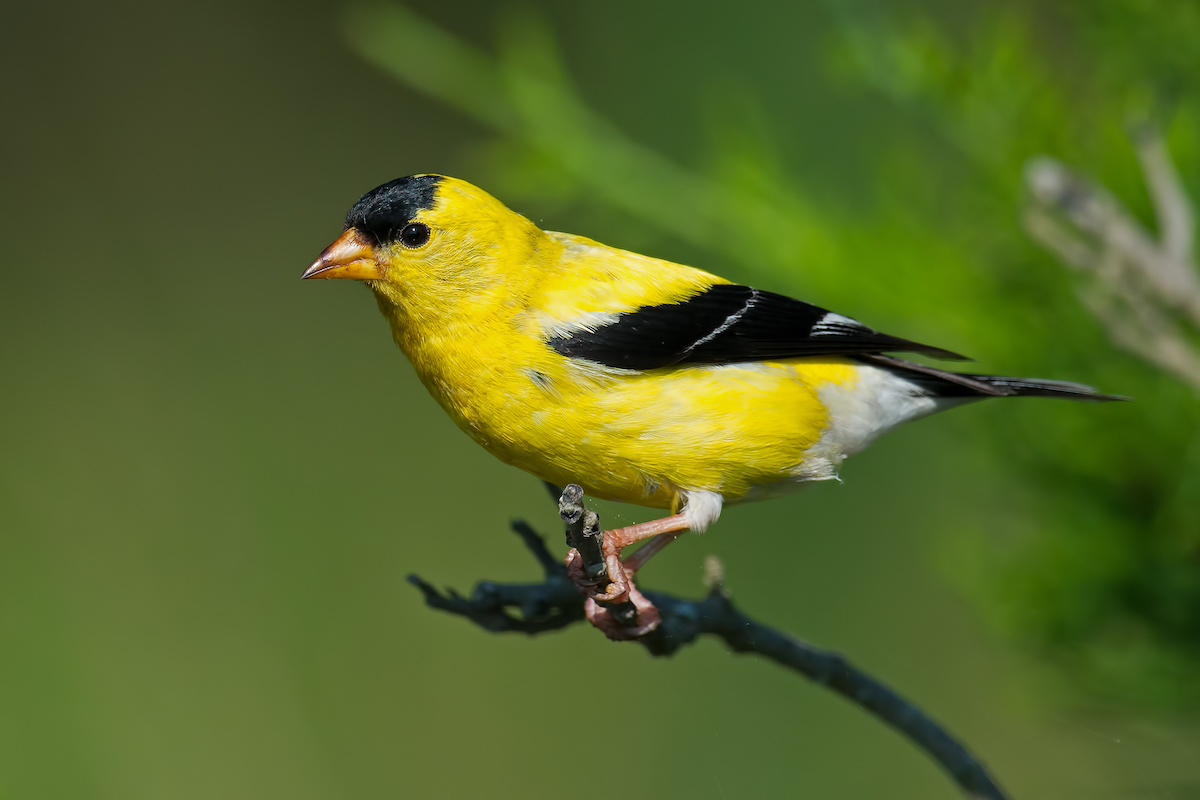
On a leisurely drive down a country road, you may see the elusive indigo bunting or blue grosbeak. Both birds arrive in our area around April and stay through the summer, nesting in shrubby areas.
For information about current bird sightings and bird counts in Georgia, visit the Georgia Ornithological Society’s web page. This list is a small sampling of the birds one might find in Troup County. Whether you visit for the purpose of birdwatching or simply keep your eyes peeled during other activities, you’re sure to see some local winged friends during your visit!
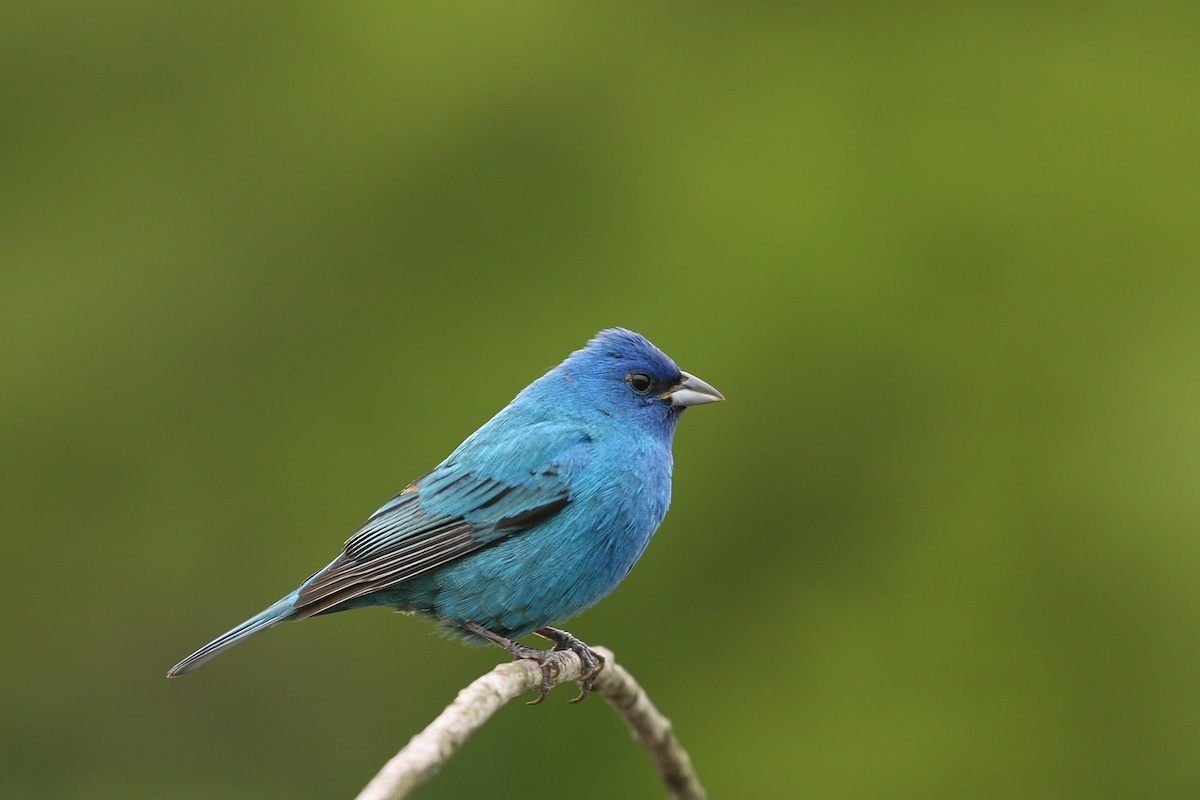
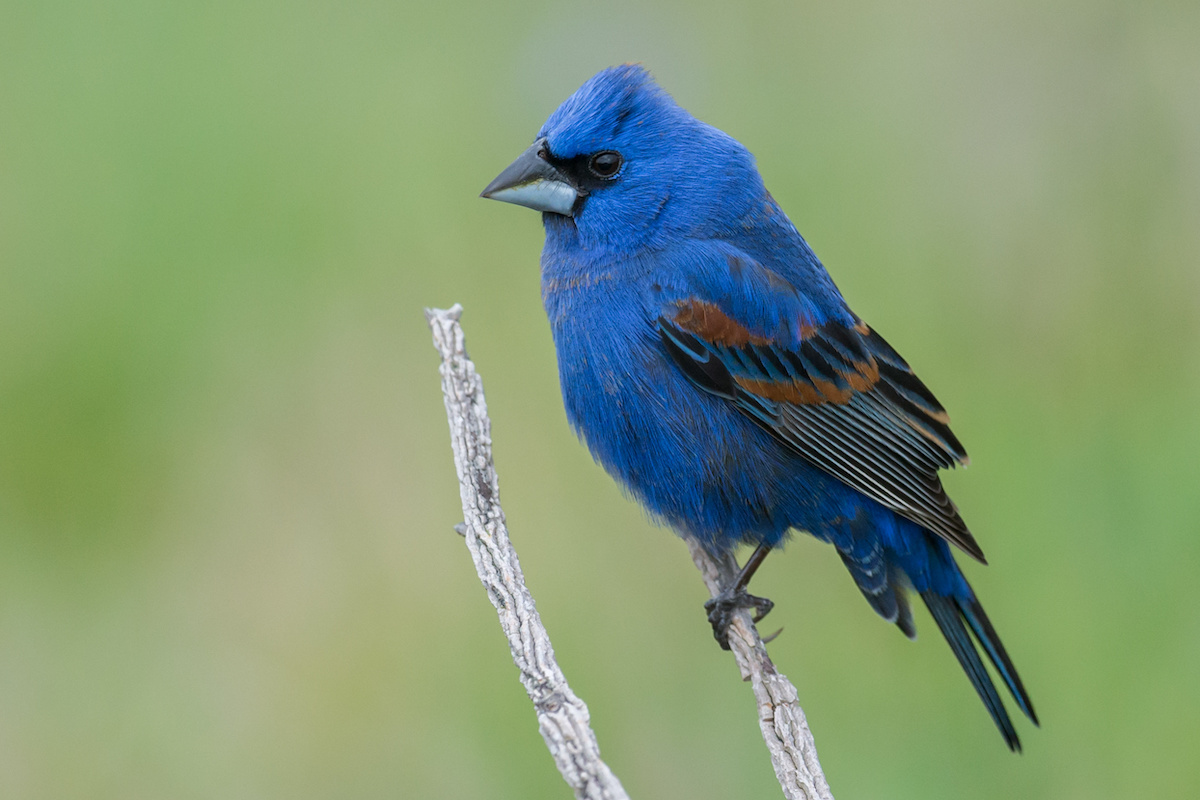
Osprey photo courtesy of Matt Henesy.